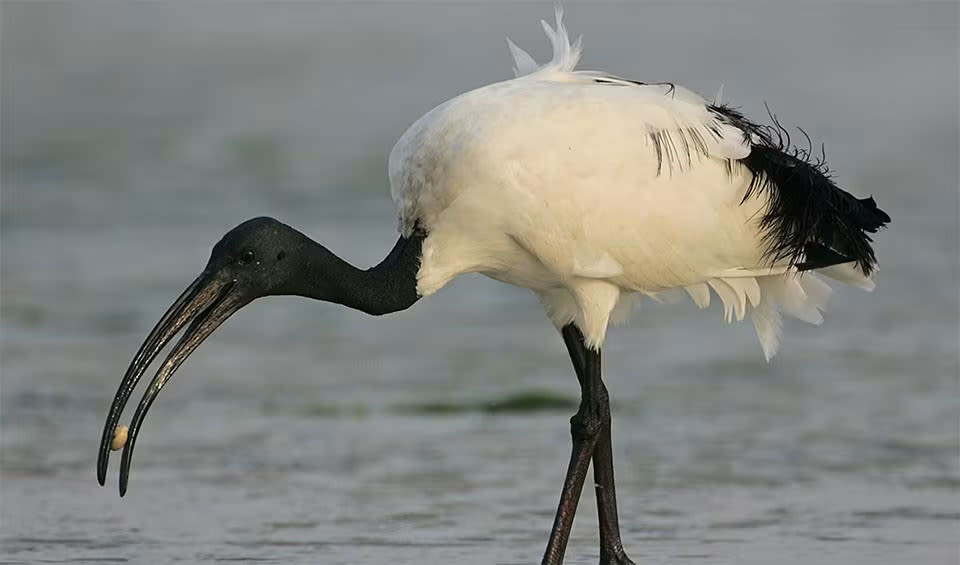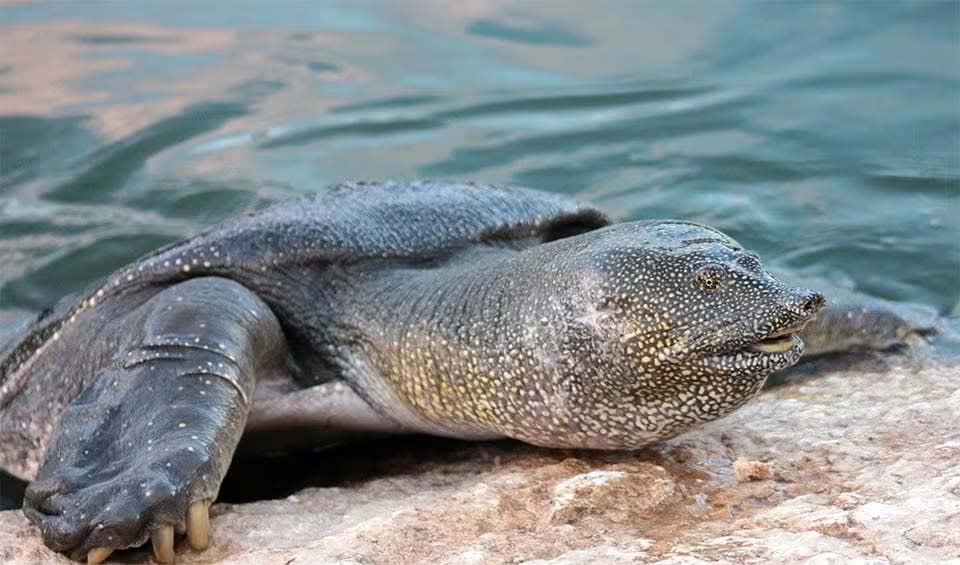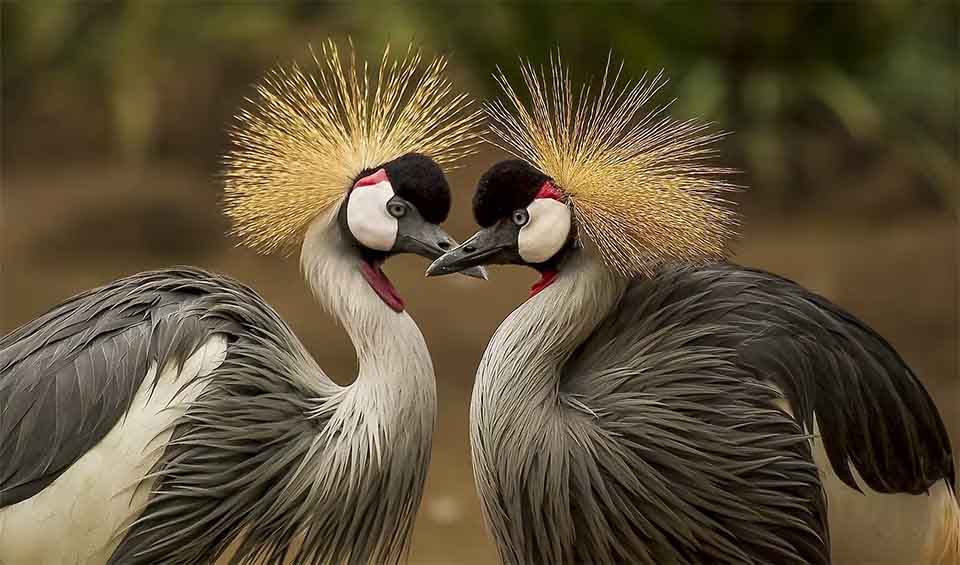Uganda, often hailed as the “Pearl of Africa,” is a landlocked country in East Africa known for its significant biodiversity and wide array of ecosystems. Despite covering only about 0.18% of the global land area, Uganda harbors around 10% of the world’s bird species and 7% of the mammal species. This rich biodiversity is spread across diverse habitats, including tropical rainforests, savannas, wetlands, and several large lakes, including Lake Victoria, the largest tropical lake in the world.
From the mist-covered mountains of the southwest, home to the endangered mountain gorillas, to the expansive grasslands of Murchison Falls National Park, teeming with wildlife such as lions, elephants, and giraffes, Uganda offers a stunning variety of landscapes that support diverse creatures. Additionally, the country’s numerous water bodies are habitats for unique aquatic species and provide critical resources for migratory birds.
Four pillars elaborated:
Uganda features a rich and varied landscape, including 10 national parks, 8 wildlife reserves, 4 wildlife sanctuaries, and 9 Ramsar sites, collectively spanning 39,059 km²
(15,081 mi²) of the country’s terrain. The national parks are particularly famous for their vast biodiversity and offer unique opportunities for wildlife viewing. Among the standout parks are Bwindi Impenetrable Forest, known for its mountain gorillas, and Queen Elizabeth National Park, celebrated for its wide range of animal species. Additionally, Central Forest Reserves account for 24% of Uganda’s total land area, playing a vital role in conserving biodiversity and delivering critical ecosystem services. Land Management
Land Management
Biodiversity loss in Uganda is driven by numerous factors, with human population growth at the core, increasing land demand and pressure on natural resources. Habitat destruction from agricultural expansion, mining, and urban settlements, coupled with climate change impacts, over-fishing, and disease contribute significantly to species decline or extinction. Threats to Biodiversity
Threats to Biodiversity
Additionally, the introduction of alien species, pollution, and ineffective national policies exacerbate the situation. Protected areas face specific threats from local communities not valuing the biodiversity these areas preserve, influenced by urgent needs for land, woodfuel, and income. This multi-faceted crisis highlights the urgent need for sustainable and effective conservation strategies in the region.
Uganda has implemented a comprehensive legal and policy framework for biodiversity management, anchored in its 1995 Constitution which mandates the state to protect natural resources on behalf of its citizens. Key national policies like the 1994 National Environment Policy set out the institutional structures and policy measures for managing biodiversity. Uganda supports these policies with specific legislation such as the National Forestry and Tree Planting Act of 2003 and various sector-specific policies including those for agriculture, fisheries, and wildlife. Capacity and Governance
Capacity and Governance
The country’s biodiversity efforts are coordinated by the National Environment Management Authority (NEMA) and are currently guided by the National Biodiversity Strategy and Action Plan II, covering 2015-2025. Furthermore, Uganda is a participant in multiple international agreements aimed at biodiversity conservation, such as the Convention on Biological Diversity, the RAMSAR Convention on Wetlands, and the UN Framework Convention on Climate Change, demonstrating its commitment to global environmental standards.
Uganda’s biodiversity strategy is closely aligned with its National Vision 2040, supporting sustainable development goals (SDGs) and the African Union’s Agenda 2063, as well as meeting the natural resource management goals of the East African Community. The country has strengthened its international commitments by adhering to agreements like the Cartagena Protocol, enhancing its ability to conserve biodiversity. Key strategies include the National Biodiversity Strategy and Action Plan II (NBSAP 2), which focuses on raising awareness about the importance of biodiversity, improving stakeholder coordination, and enhancing research and monitoring capabilities. Future Trends
Future Trends
Additionally, Uganda has implemented the Biodiversity Finance Plan in 2019 to secure funding for these initiatives. These efforts aim to manage biodiversity impacts, promote sustainable use, ensure equitable sharing of benefits, and increase educational efforts on biodiversity conservation.
Biodiversity
Uganda, positioned along the equator in Eastern Africa, spans an area of 236,000 km² (91,120 mi²), comprising 82% dry land, 14% open water, and 4% permanent swamp. Recognized as one of the world’s most biodiverse nations, it hosts remarkable wildlife, including 53.9% of the global population of mountain gorillas, 11% of the world’s bird species (50% of Africa’s bird species), 7.8% of global mammal diversity, 19% of Africa’s amphibians, and 14% of Africa’s reptiles.Moreover, Uganda records 1,249 species of butterflies and 300 fish species. Its economy heavily relies on biodiversity, supporting sectors like fishing, tourism, livestock, medicinal plant use, and ecotourism. Beyond direct economic benefits, biodiversity resources also support Uganda’s most vulnerable populations.
In the table below are the number of known species in several main groups, how many of these species are Threatened with extinction, and how many of them are Endemic (unique to Uganda only):
| Species (World rank) |
Threatened | % Threatened | Endemic | % Endemic | |
|---|---|---|---|---|---|
| Mammals | 367 (#21) | 31 | 8.4% | 3 | 0.8% |
| Birds | 1,00 (#16) | 33 | 3.3% | 1 | 0.1% |
| Reptiles | 186 (#53) | 4 | 2.2% | 2 | 1.1% |
| Amphibians | 63 (#49) | 2 | 3.2% | 2 | 3.2% |
| Fishes | 292 (#152) | 74 | 25.3% | 21 | 7.2% |
| Plants | 4,579 (#73) | 64 | 1.4% | 4 | 0.1% |
mammals
Eastern gorilla
Much larger than any other ape, it is the rarest of two gorillas species
Lion
Tufted-tailed Simba in the plight
Uganda mangabey
Thought to be a population of the Grey-cheeked mangabey until it upgraded to a new species in 2007
birds
Saddle-billed stork
The colorful stork of Africa
Hamerkop
The hammerheads of the bird kingdom
African sacred ibis
The fossil records suggest that this species has been on this planet for millions of years
reptiles
African softshell turtle
Instead of a bony shell, it has a flat, leathery covering that helps it glide smoothly through the water
Nile crocodile
One of the most iconic animals of Africa and the second largest reptile on earth
Gaboon viper
Gaboon viper has the largest fangs and highest venom yield of any snake on earth
amphibians
Big-eyed tree frog
Most striking feature—its skin coloration which mimic the mottled light patterns created by sunlight filtering through leaves
Common reed frog
Their horizontal pupils give them a permanently surprised expression
Guttural toad
Known for its loud, ‘guttural’ croak that can be heard from a distance
National Animals
Grey crowned crane
It holds significant cultural and spiritual importance in African cultures, often associated with wisdom, longevity, and good fortune

















